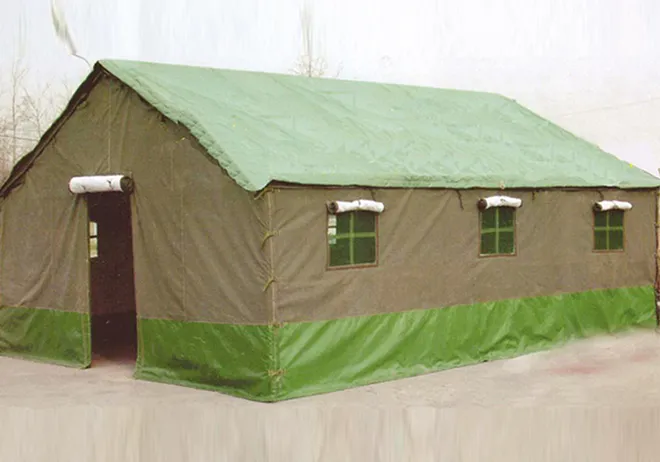commercial heavy duty sewing machine
The Evolution and Impact of Commercial Heavy Duty Sewing Machines
In the world of textiles and garment manufacturing, the importance of heavy-duty sewing machines cannot be overstated. These robust machines have revolutionized the way fabrics are stitched, enabling manufacturers to produce high-quality garments efficiently. This article explores the evolution, features, and significance of commercial heavy-duty sewing machines in today’s fashion industry.
History and Evolution
The sewing machine has a rich history that dates back to the 19th century. Early machines were primarily designed for home use, but as the industrial revolution took off, the need for more resilient machines grew. By the mid-20th century, manufacturers began designing heavy-duty sewing machines that could withstand the rigors of commercial fabric production.
Today’s commercial heavy-duty sewing machines are the product of decades of technological advancements. They are built to handle a wide range of materials, from light fabrics like silk to tougher materials such as denim and leather. The introduction of computerized models has also significantly enhanced functionality, offering automatic stitching patterns and precision settings that were once unimaginable.
Key Features
Commercial heavy-duty sewing machines are characterized by several features that set them apart from regular sewing machines
. One of the most notable is their powerful motor. Unlike standard machines, which may struggle with thicker layers of fabric, heavy-duty machines come equipped with powerful motors that provide the torque necessary to sew through multiple layers with ease.Another key feature is the robustness of the machine itself. Made from durable materials such as metal frames and heavy-duty components, these machines are designed to withstand constant use in high-volume settings. Additionally, they often come with larger workspaces, allowing operators to manage bulkier projects without sacrificing maneuverability.
Many models also offer advanced stitch options, including straight, zigzag, and decorative stitches. This versatility allows businesses to create a variety of products, from simple garments to intricate designs that require a high level of detail.
commercial heavy duty sewing machine

Importance in the Industry
The impact of commercial heavy-duty sewing machines on the garment industry is monumental. They enable high-speed production, which is crucial for meeting the fast-paced demands of fashion trends. With the ability to produce garments more quickly and with greater precision, manufacturers can not only meet consumer demands but also reduce waste and improve overall efficiency.
Furthermore, these machines are vital for fabricating specialized products. Industries that require tough materials, such as automotive, upholstery, and outdoor equipment, rely heavily on heavy-duty sewing machines to ensure the longevity and durability of their products. The precision offered by these machines is crucial in maintaining quality standards in sectors where safety and functionality are paramount.
Challenges and Future Trends
Despite their advantages, the use of commercial heavy-duty sewing machines comes with challenges. Operators must be skilled in using these machines, as improper handling can lead to costly mistakes and wasted materials. Additionally, the initial investment in heavy-duty machines can be substantial, which may be a barrier for smaller businesses.
Looking ahead, the future of commercial heavy-duty sewing machines is promising. Advancements in technology such as automation and artificial intelligence are expected to further enhance their capabilities. For instance, manufacturers are developing machines that can automatically adjust tension and stitch length based on the fabric being used, making them more user-friendly and efficient.
Moreover, as sustainability becomes a pressing concern in the fashion industry, there is a growing demand for machines that can work with eco-friendly materials and reduce waste during production.
Conclusion
Commercial heavy-duty sewing machines have become indispensable in the textile and garment industry. Their ability to handle tough fabrics with speed and precision has made them a cornerstone of manufacturing. As technology continues to evolve, these machines will likely become even more sophisticated, helping businesses meet the demands of a dynamic market while maintaining quality and sustainability. With their robust design and advanced features, commercial heavy-duty sewing machines are not just tools; they are essential partners in the journey of garment creation.
-
Boost Production Efficiency with a Pattern Sewing MachineNewsAug.29,2025
-
Industrial Excellence with the Best Heavy Duty Sewing MachineNewsAug.29,2025
-
Precision and Power with the Best Pattern Sewing MachineNewsAug.29,2025
-
Reliable Bulk Packaging Starts With the Right FIBC Sewing MachineNewsAug.29,2025
-
Advanced Packaging Solutions: Elevate Productivity with Jumbo Bag Sewing Machine and Industrial Stitching EquipmentNewsAug.29,2025
-
High-Performance Solutions for Bulk Packaging: FIBC Sewing Machine and MoreNewsAug.29,2025
-
Maximize Efficiency with an Industrial Cylinder Arm Sewing MachineNewsAug.28,2025


























